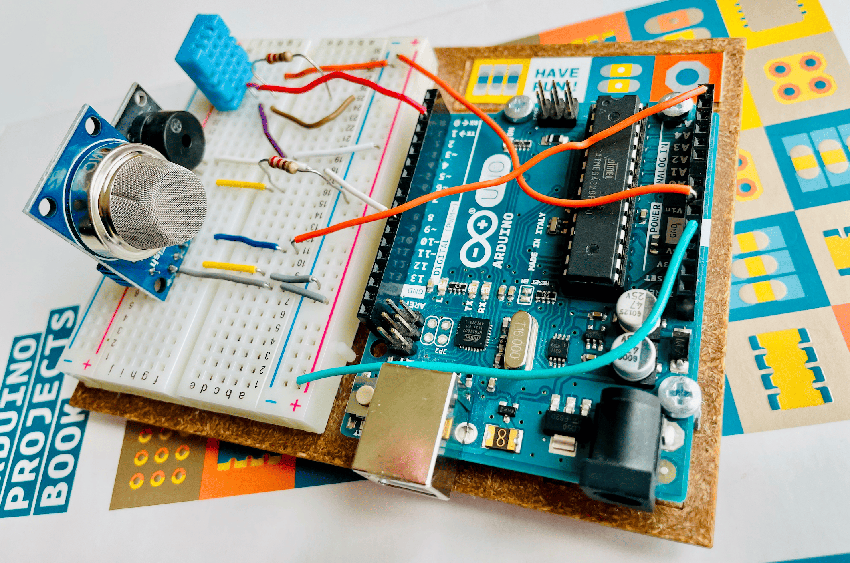In recent years, the use of 3D printers has gained immense popularity due to their ability to produce physical objects from digital designs. This technology has revolutionized many industries, including manufacturing, healthcare, and aerospace. However, one area where 3D printing is making a significant impact is in the field of mobile technology. In this blog, we will explore the role of 3D printable mobile platforms in modern technology and how they are shaping the future.
What are 3D Printable Mobile Platforms?
3D printable mobile platforms are essentially robotic or automated devices that can be crafted using a 3D printer. One of the most common examples of this are DIY robotics kits based on Arduino. Arduino kits are open-source hardware and software that are designed to make electronics more accessible to everyone, from beginners to professionals. By merging Arduino kits with 3D printing technology, creators can build customized mobile platforms with ease. This includes everything from automated dollhouses to experimental robots.
Moreover, an integral part of these 3D printable mobile platforms is the implementation of Servo Arduino code. Servo motors are controlled by a series of pulses and not a continuous rotation, making them ideal for precision tasks. The servo arduino code is used to control these servo motors, dictating their movement and function. This code helps in bringing mobility to the 3D printed platforms, from the simple movement of a toy car’s wheels to the intricate movements of a robot’s arm.
Advantages of 3D Printable Mobile Platforms
3D printable mobile platforms have been a game-changer in modern technology. They offer numerous advantages that transcend traditional manufacturing methods. Here are a few key benefits:
- Cost-Effective: Traditional manufacturing processes may require expensive machinery and specialized labor. In contrast, 3D printing allows individuals and companies to produce intricate mobile platforms at a fraction of the cost. The only substantial costs involve the purchase of a 3D printer and the printing materials.
- Customization: With 3D printing technology, customization is easy and accessible. Innovators are not constrained by predefined components; they can design and print parts according to their specific needs and specifications.
- Rapid Prototyping: 3D printing accelerates the process of turning innovative ideas into working prototypes. This speed is particularly crucial in the tech industry, where time-to-market can greatly influence success.
- Promotion of STEM Education: Many educational institutions use 3D printable mobile platforms to teach students about science, technology, engineering, and mathematics (STEM). These platforms provide a practical, hands-on approach to learning, thereby fostering creativity, critical thinking, and problem-solving skills.
In the next section, we will explore how these benefits translate into real-world applications within the tech industry.
Applications of 3D Printable Mobile Platforms in Modern Tech
The versatility and customization options offered by 3D printable mobile platforms have made them valuable solutions in various tech fields. Here are some examples:
- Robotics: As previously mentioned, Arduino kits combined with 3D printing technology make for excellent DIY robots. These can range from simple educational robots to advanced, multi-functional machines.
- Drones: With the rise of consumer-grade drones, 3D printable mobile platforms have become popular among hobbyists and drone enthusiasts. They can create customized frames and parts for their drones, making them more durable and efficient.
- Virtual Reality (VR) Devices: The rapidly growing VR industry has also benefitted from 3D printing technology. Companies can produce lightweight, ergonomic VR devices that fit better on the user’s face and provide a more immersive experience.
- Smartphone Accessories: 3D printing has also made its way into the world of smartphone accessories. From customizable phone cases to holders and stands, individuals can create unique, personalized products for their devices.
Impact on Mobile Technology Industry
The use of 3D printable mobile platforms is playing a significant role in shaping the future of the mobile technology industry. Here are some ways it is making an impact:
- Innovation: With 3D printing, designers and engineers have more flexibility to create innovative and unique designs for mobile platforms. This has led to the development of new features and functionalities that were not previously possible with traditional manufacturing methods.
- Accessibility: 3D printing has made it easier for small businesses and startups to enter the mobile technology market. With lower production costs, these companies can now compete with larger corporations and bring their products to a wider audience.
- Sustainability: The use of 3D printing for mobile platforms is also promoting sustainability in the industry. As 3D printing uses only the necessary amount of material, it reduces waste and promotes a more environmentally friendly production process.
Challenges in Adopting 3D Printable Mobile Platforms
While the benefits of using 3D printing for mobile platforms are clear, there are also some challenges that need to be addressed for wider adoption. These include:
- Quality control: As with any new technology, there may be concerns about the quality and safety of 3D printed mobile platforms. It is essential for manufacturers to ensure that their products meet industry standards and regulations.
- Materials limitations: Currently, the materials used for 3D printing are limited compared to traditional manufacturing methods. This means that certain features or functionalities may not be possible with 3D printable mobile platforms.
Future Possibilities
As technology continues to advance, the possibilities for 3D printable mobile platforms are endless. Here are some areas where we may see further development:
- Medical devices: With its ability to produce custom designs, 3D printing is already being used in the creation of medical devices. In the future, we may see more advanced and personalized medical devices created using this technology.
- Wearables: The rise of wearable technology, such as smartwatches and fitness trackers, could also benefit from 3D printable mobile platforms. These devices require lightweight and flexible components, which can easily be produced using 3D printing.
- Space exploration: As we continue to explore space, the use of 3D printed mobile platforms may become crucial for creating necessary tools and equipment in a low-gravity environment.
Conclusion
In conclusion, 3D printable mobile platforms are not just a passing trend but a valuable tool in modern tech. Their cost-effectiveness, customization options, and speed make them essential for innovation and progress in the industry. While there are challenges to overcome, the future possibilities for 3D printing in mobile technology are exciting and endless. As we continue to push the boundaries of technology, 3D printing will undoubtedly play a significant role in shaping our future. So, it is crucial for individuals and businesses alike to embrace this technology and its potential for positive impact on the tech industry. Let us continue to explore and innovate with 3D printable mobile platforms!








